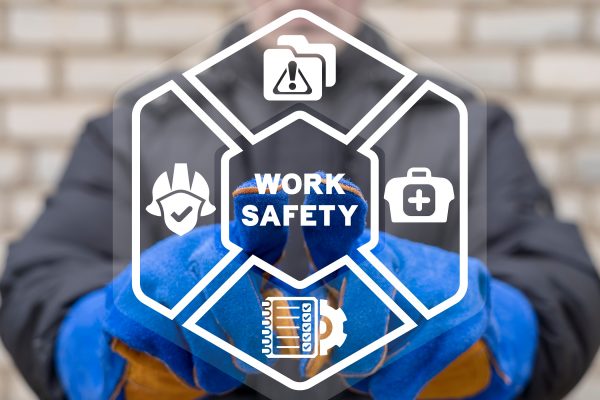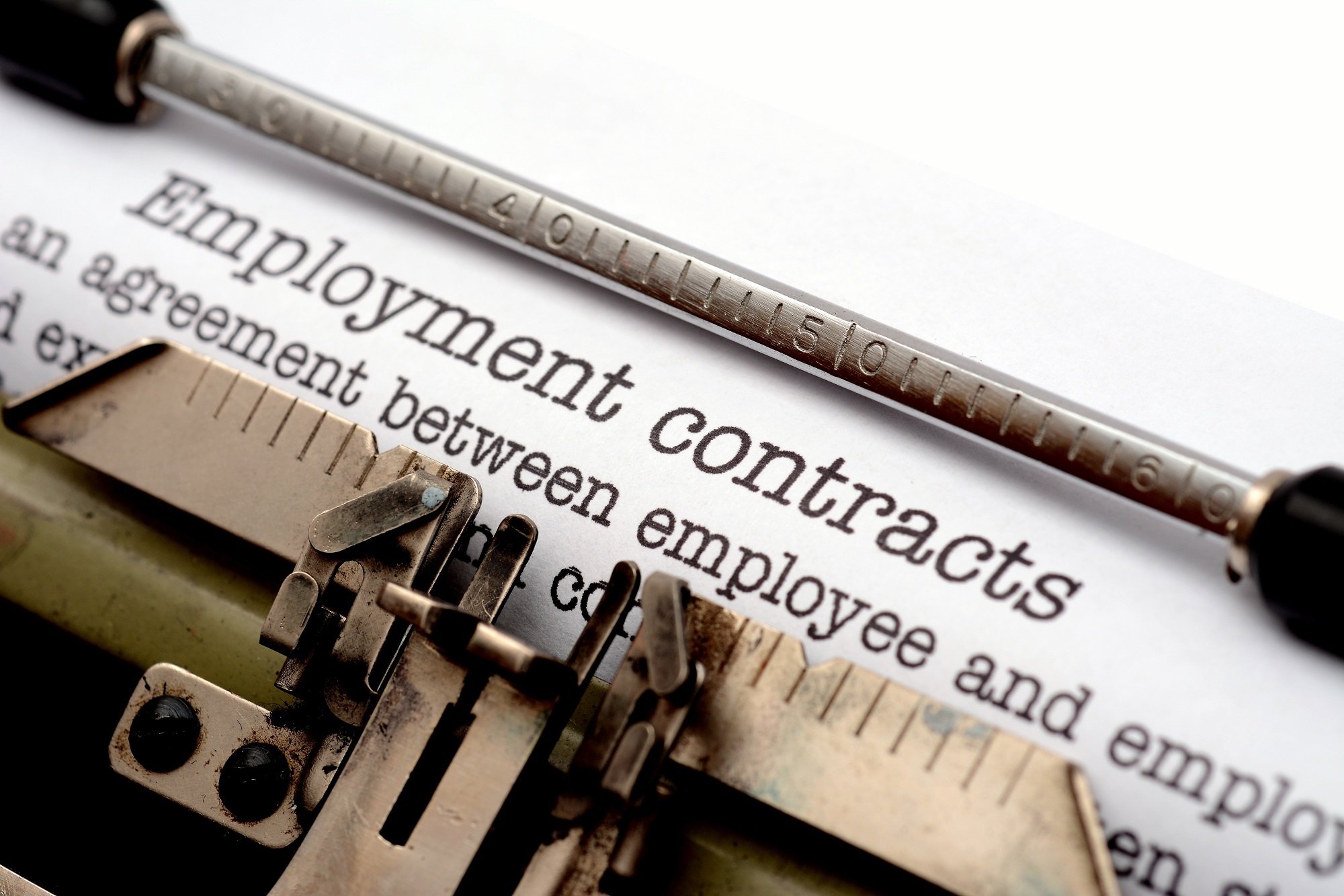Author: Dennis Chapman
Published: February 11, 2010
Reading time: 2 minutes
This article is 15 years old.
Read our disclaimer keyboard_arrow_down
This website content is intended as a general guide to law as it applies to the motor trade. Lawgistics has taken every effort to ensure that the contents are as accurate and up to date as at the date of first publication.
The laws and opinions expressed within this website may be varied as the law develops. As such we cannot accept liability for or the consequence of, any change of law, or official guidelines since publication or any misuse of the information provided.
The opinions in this website are based upon the experience of the authors and it must be recognised that only the courts and recognised tribunals can interpret the law with authority.
Examples given within the website are based on the experience of the authors and centre upon issues that commonly give rise to disputes. Each situation in practice will be different and may comprise several points commented upon.
If you have any doubt about the correct legal position you should seek further legal advice from Lawgistics or a suitably qualified solicitor. We cannot accept liability for your failure to take professional advice where it should reasonably be sought by a prudent person.
All characters are fictitious and should not be taken as referring to any person living or dead.
Use of this website shall be considered acceptance of the terms of the disclaimer presented above.
HSE provide useful information on dealing with alcohol issues at work.
The legal position is that an employer has the general duty to ensure the health, safety and welfare of its employees. By knowingly allowing an employer to carry on working when influenced by alcohol then the employer could be prosecuted.
Health and Safety Executive identify a 4-step process for dealing with alcohol problems.
Step 1 – Establish if there is a problem which may be
- Drinking at work
- Drinking during breaks
- Regular heavy drinking outside work
- Getting drunk outside working hours
Step 2 – Decide what to do
What level of alcohol is acceptable and when?
Are the same rules applicable to some or all?
How can an alcohol drinking employee be dealt with who is finding it difficult to control?
Would it be different if someone flouts the rules on drinking and perhaps turns up drunk?
Step 3 – Take action
As with any policy it is good to involve everyone to get support.
Step 4 – Prudence of policy
The elements of confidentiality and help are important parts of such a policy
Screening for alcohol is a sensitive area. It would be possible to include it for new employees but it may not be acceptable for existing employees where the contract needs to be changed.









